|
Lemon Balm is called “Heart’s Delight” in southern Europe, and for good reason. In the summer, there is nearly always an iced pitcher of Lemon Balm tea on the kitchen counter, and not only is it delicious, thirst-quenching and deeply refreshing, but it also keeps the household chilled out with its calming and soothing abilities. To get the best of lemon balm, you need to grow her. She loses flavor when dried, so to get the delicious flavor, snip off the top 6 inches or so of some lemon balm stems, and twist and tear them into a quart jar, filling about 1/3 to 1/2 full with green. Then, fix one of two ways: Cold water: pour filtered room temperature water over, cap and let sit overnight to draw through. Hot water: pour filtered hot (but not boiling) water over, cap and let sit an hour to draw through. Both methods work fine, but the cold water infusion does give a slightly better flavor. After steeping, strain and dilute to taste, serving over ice. Some wonderful combinations include any of these herbs: spearmint (far better to grow than peppermint, and our favorite to grow is called Kentucky Colonel), rose, holy basil. Delicious! Lemon balm is also wonderful blended into honey, steeped in wine, or made as a syrup or a jelly. A few sprigs in the bath or a foot soak are divine. When growing lemon balm, know that the taste will change when the plant flowers, so to get the most out of your lemon balm keep an eye on it, and when it starts to flower cut the entire plant down to about 4 to 6 inches. You will get another flush of new growth and keep the lemon balm deliciousness going all summer long. Lemon Balm Popsicles Blend in blender and freeze in popsicle molds: Handful of fresh lemon balm Half a handful of chopped spearmint Water (around 2-1/2 cups) Organic lemon juice (around 1/3 cup) Raw honey (around 2 T.) 2 to 3 squirts plain or lemon stevia Optional add-ins: fresh ginger (1” piece or so) Note: if you have low thyroid, don’t over-do lemon balm. That being said, we have never seen that be an issue, but everyone is different. Be sure to sign up for our newsletter, so you don't miss a thing: Disclaimer: Every body is different, and any plant can cause an unpleasant reaction depending on the person. Start small and listen to your body – it is the ULTIMATE AUTHORITY. This information has been compiled from reputable herbalists and natural care professionals. It is intended for educational purposes only. These statements have not been evaluated by the FDA.This information is not intended as medical advice, nor is it intended to prevent, diagnose, treat, or cure any disease. Seek professional medical care for health concerns.
0 Comments
BLOOMING TOGETHER: Yarrow, Elder & Queen Anne’s Lace VS. Poison Hemlock (& Hedge Parsley) HOW TO DISTINGUISH these UMBEL FLOWERING PLANTS 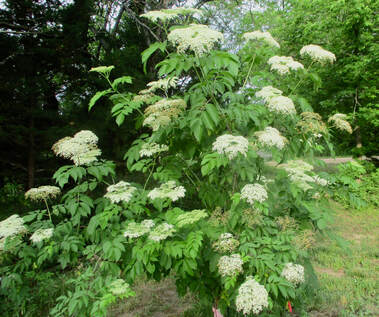 What kind of wand did Harry Potter defeat Voldemort with? It was ELDER! And for good reason, because Elder’s magic is legendary across cultures. I will do another post about Elder’s MAGIC when the berries are ripe, but for now I want to focus on the frilly, divine FLOWERS. Elderflowers are an UMBEL, as are Yarrow and Queen Anne’s Lace, meaning that the individual stems of the small batches of flowers that make the flower head all arise from a single point and often are a different lengths to make the flower head flat – or fairly flat – across the top. Think of the word “umbrella” and how the supports of an umbrella reach out to hold up the fabric of the top all as one piece. It’s slightly rounded, but even. The flowers of Elder are beautiful and they smell wonderful, but they don’t last long and will wilt quickly after gathering. If left on the plant they disappear fairly quickly too, soon to be dark purple elderberries. When gathering Elderflowers or any wild plant, be sure to take some time before gathering to ground yourself and open your heart to the plant, asking for permission to gather and listening with your heart for the answer. If the plant gives permission, have some way to reciprocate after gathering – leave some organic cornmeal or tobacco (traditional Native American offerings which arose from close connection to Earth and her plants) or some good-quality compost is a welcome gift too. If nothing else, a song or a prayer for the Elder’s wellbeing and a heart full of gratitude for her generosity. Elderflowers can be dried or tinctured for later use as medicine, and they are a valuable addition to the home herbal apothecary. Use as an ally for colds and flu, helping reduce the duration and ease symptoms. Elderflowers boost the immune system and have antiviral properties. They also support the respiratory system, helping to thin mucous and act as a decongestant. If there is a fever involved, Elderflower is a gentle diaphoretic, which means it helps support the body’s fever response, helping the body open the pores and break a sweat, making the fever both more effective and shortening the duration. To add a boost to elderberry syrup, dry the flowers and add them as part of the syrup when processing the berries. Elderflowers have a reputation for improving skin issues. They can help even out the complexion, and even reduce age spots and wrinkles. Elderflowers are a good addition to healing salves and bruise oils too, as they can help speed healing of wounds, bruises and inflammation. Dry and infuse in olive, almond or safflower oil (or a combination) to make an amazing skin-beneficial and divinely aromatic after-bath body oil. Elderflowers contain a natural yeast, so they ferment beautifully into a delicious “champagne.” I usually make Elderflower champagne around summer solstice (mid June) and enjoy some of it at Lammas (beginning of August). If there is any leftover after that, it is enjoyed at later holiday celebrations. It is fizzy and delicious, and perfect for remembering the taste of sweet summer days. Recipe is below. Enjoy! >>> CLICK HERE FOR PRINTABLE RECIPE <<< ELDERFLOWER CHAMPAGNE You need: • A gallon sized jar, or cut the recipe in half for a half-gallon jar • Filtered water (no chlorine) • 6 to 8 large Elderflower heads (wait at LEAST 3 days post-rain) • 2 organic lemons (no pesticides), thinly sliced • 2 cups organic sugar (no pesticides) • 2 Tbsp. organic white wine vinegar (no pesticides) • Clean cloth napkin (or something similar) • Rubber band (sized to hold the cloth napkin onto the top of the gallon jar) • A dark cabinet or a brown paper bag (or a towel) • Bottles or narrow-mouthed quart canning jars (sterilized) • Yeast – any (may not be needed) Instructions: Heat 4 cups water with the sugar until sugar is completely dissolved. Let cool a bit, then pour into gallon jar. Add more filtered water to fill the jar halfway or so. Add in the thinly sliced lemons and white wine vinegar. Then use a clean scissors to snip the little flowers off the head into the jar. Don’t worry about the thin green stems at the top of the flowerhead, but try to keep the thicker stems out of the jar. Stir. Then fill the jar to the neck with additional filtered water. Stir again. FOUR DAYS: Cover with clean, tightly woven cloth napkin (or similar) and secure with rubberband. Sit in dark cupboard or cover with a brown paper bag on the counter for four days. Take a peek and stir it each day. Look for signs of fermentation (bubbling). If you don’t see any by the second day, add 1 tsp. yeast (any yeast you have on hand is fine). TWO ADDITIONAL WEEKS: After the fourth day, sterilize beverage bottles or quart canning jars. Strain the champagne well, squeezing out as much liquid as possible (I like to use a cotton/hemp almond milk bag for this). Pour into bottles/jars, leaving an inch or more headroom in each of the bottles/jars. Place in dark cabinet or on countertop (cover with cloth or brown paper sack to keep out light) for two weeks. STORE IN REFRIGERATOR: After two weeks, move bottles/jars to refrigerator and serve chilled. The yeast is alive, and the champagne will continue fermenting, but the refrigeration will slow down the process considerably. It will increase in dryness and alcohol content (and decrease in sugar content) as it ages. Fermentation creates pressure, so be aware of that and use caution when storing and opening. It will keep for a long while, and some years we haven’t opened it until winter solstice. It was delicious. Enjoy this fantastic elixir of summer. It is a great way to capture the taste of summer in a bottle. Note: Ingredients need to be free of chlorine and pesticides so the yeast is not impeded Be sure to sign up for our newsletter, so you don't miss a thing: Use CAUTION! Do not eat/use a wild plant unless you have 100% certainty it has been identified correctly. If you have a health condition, are taking pharma meds, or are pregnant/breastfeeding, be sure to research contraindications.
Disclaimer: Every body is different, and any plant can cause an unpleasant reaction depending on the person. Start small and listen to your body – it is the ULTIMATE AUTHORITY. This information has been compiled from reputable herbalists and natural care professionals. It is intended for educational purposes only. These statements have not been evaluated by the FDA.This information is not intended as medical advice, nor is it intended to prevent, diagnose, treat, or cure any disease. Seek professional medical care for health concerns. MEDICINE
Ask any herbalist what their #1 indispensable herb is, and chances are good that most will name Yarrow. The true stories of yarrow saving lives abound – from the young man who sliced his leg with a chainsaw to internal bleeding injury from a skateboarding accident*. Yarrow’s healing properties are legendary, as her many common names reveal: Bloodwort, Woundwort, Carpenter’s Weed, and Plumajillo (little healing feather). Even her Latin genus name, Achillea, refers to her alliance with soldiers and healing. Achilles was the hero from the Iliad, and he is said to have used yarrow a great deal to help heal the soldiers he led in battle. Yarrow is a wild herb, but she is also easy to grow from seed, and she makes a beautiful addition to landscaping. There are many decorative cultivars of yarrow in a variety of colors (pink, yellow, red and more), but for medicine and magic, stick with the original white-flowered Achillea millefolium. Yarrow can be used both internally and externally. When used externally for wounds, she helps stop bleeding, pulls the edges of a wound together, speeds healing, and prevents infection. She can help resolve active infections, and any ailment involving the fluids of the body will likely benefit from Yarrow. Yarrow is one of the rare balancing herbs, and she helps restore balance to the waters of the body. What to do about fever? Fever is the body’s way of making the environment inhospitable to whatever pathogen is attempting to gain a foothold. Unfortunately, many people think a fever is supposed to be treated with pills, but doing so has been shown to have negative – and in some cases severe – effects. I don’t the term “side effects” – it minimizes that what is happening is an EFFECT, just not the one the pharma companies wanted. In the case of NSAIDS (acetaminophen and ibuprofen), studies have shown taking them when sick makes you more contagious AND extends the illness. Instead, let your body do its job. Taking a cup of hot yarrow + elderflower tea can assist the body in its efforts, bringing the fever up slightly and then breaking it. Here’s how I use Yarrow medicinally: Poultice/Compress – open wounds, infections, impact injuries/bruising (fresh crushed or dried and rehydrated) Tea – first sign of illness, to resolve fever (along with elderflower), internal injury, after surgery or tooth extraction, treat/prevent uterine congestion. Short-term use only (6 weeks max, then at least 2 weeks off). Tincture – external use only due to an alcohol-soluble constituent (B-iso-thujone) which can cause serious health issues. Used externally as liniment to treat impact injuries/bruising and combine with plantain + calendula tinctures as a first aid antiseptic spray. Oil/Salve – combine dried yarrow + plantain + calendula and infuse in oil to use as the base of healing salves. *see herbalists Matthew Wood and Margi Flint MAGIC Why is Achillea millefolium’s common name Yarrow? It is thought to be derived from the old English word, gearwe, a word associated with the art of magic. Yarrow has a long, cross-cultural history of being used magically. If you are familiar with the Chinese I-Ching, you may be surprised to learn that I-Ching divination was originally performed with dried yarrow stems. Yarrow is said to have the ability to anchor us in the earth plane while facilitating connection with the unseen. She can be an ally in opening up channels for divination and in ritual or ceremony to enhance intentions for protection, bravery and healing, as well communicating with ancestors/deities or other ethereal beings. Yarrow flower essence can help establish healthy boundaries, strengthen the aura and aid with processing trauma, much like Bach Flower Essences’ famous Rescue Remedy. For magical purposes, drink yarrow as a tea, dry and burn as a smoke (great for consecrating sacred items and cleansing), or lay the fresh or dried plant directly on the body and/or altar. For helping facilitate seeing beyond visible realities, place over the closed eyes while journeying. How do you use yarrow? What have your yarrow experiences been – either healing or magic? Comment below and share your story! Use CAUTION! Do not eat/use a wild plant unless you have 100% certainty it has been identified correctly. If you have a health condition, are taking pharma meds, or are pregnant/breastfeeding, be sure to research contraindications. Disclaimer: Every body is different, and any plant can cause an unpleasant reaction depending on the person. Start small and listen to your body – it is the ULTIMATE AUTHORITY. This information has been compiled from reputable herbalists and natural care professionals. It is intended for educational purposes only. These statements have not been evaluated by the FDA.This information is not intended as medical advice, nor is it intended to prevent, diagnose, treat, or cure any disease. Seek professional medical care for health concerns. BE VERY CAUTIOUS GATHERING WILD PLANTS -- ESPECIALLY THOSE THAT LOOK LIKE THEY ARE FROM THE CARROT FAMILY -- SOME ARE DEADLY Queen Anne's Lace is delicate and lovely, and one can imagine that Queen Anne might have carefully crafted the flowerhead from thread with the intention of creating a decorative doily. In fact, the story goes that the single dark reddish flower often found right in the center of a white QAL flower is a single drop of blood from where Queen Anne pricked her finger while making the lace. This beautiful wildflower is wild carrot, Daucus carota, the mother of the sweet orange root vegetable everyone knows. I don't recommend trying to wildcraft the root, though. This is a biennial, which means she only lives two years, and the second year is the year she sends up a stalk and flowers. By that time, the root is pithy. The more edible roots are those of the first year plant, but because she doesn't have the telltale signs for positive identification the first year (the tall flower stalk, the hairy stems, etc.), please don't do anything so foolhardy as to wildcraft first year wild carrots. There are several carrot family member plants that are poisonous, and some are DEADLY. The tiny little roots of QAL are not worth risking death. Instead, eat the flowers and leaves, which have a delicate carrot flavor. The leaves, flowers and seeds of QAL have a long history of use as herbal medicine, treating digestive disorders as well as liver, kidney and bladder issues. The seeds have been used as a natural birth control and to terminate pregnancy, so don't ingest the seeds while pregnant or attempting to conceive. Our favorite uses for Queen Anne's Lace is to add the flowers to salads, cut flowers for the table, and make delicious Queen Anne's Lace Jelly (recipe below). If you have QAL growing in your yard, you will want to be sure to remove the seed heads when they form, or she will take over your yard. QAL is invasive and can displace native species, which we don't want. Did you know that carrot seed essential oil is made from QAL? :) QUEEN ANNE’S LACE JELLY Has a delicious light floral taste. (from the book Gatherings from the Good Earth by Twila Fairbanks) Note: First identify Queen Anne’s Lace correctly. I normally collect by the end of June in my area. Read all instructions first before gathering the blooms to make the jelly so all supplies are on hand. To make infusion for jelly: 2 packed cups of heads (approximately 20 heads of fresh blooms, not older blooms) 4 c. almost boiling water I use a half gallon jar for the heads and pour the hot water over, punching down and stirring with a wood spoon. Cover with lid. Let set to steep and cool down 4 hours. Strain two times with super fine small strainer and cotton cloth, being careful not to disrupt the sediment (dirt etc.) in bottom of jar. Leave behind about 1/4 c. of sediment if present. Toss the wilted heads in compost. Have 6 - 4 oz. jelly jars with 2- piece lids sterilized and ready or 8 -2 oz. Jars, which are a smaller size and great for giving away. Set jars on a cookie sheet with sides lined with clean towel. To make jelly: 3 cups strained infusion 2 T. lemon juice (from a fresh lemon – not bottled) 1 pkg. Sure Jell powdered fruit pectin Put all in a large stainless steel pan, stir and bring to a rolling boil. Add 4 c. sugar and boil 1 minute longer. Remove from heat. If any foam on top, skim off with large metal spoon. Ladle into jars. Wipe rims of jars and put lids on and screw down tightly. Use hot water bath (covering jars with water and lid) for 10 minutes. Remove jars carefully and let rest 24 hours. (Twila & grandson making it several years ago) Use CAUTION! Do not eat/use a wild plant unless you have 100% certainty it has been identified correctly. If you have a health condition, are taking pharma meds, or are pregnant/breastfeeding, be sure to research contraindications. The seeds of Queen Anne's Lace can affect hormones and have been used as a natural birth control method, as well as a way to terminate pregnancies.
Disclaimer: Every body is different, and any plant can cause an unpleasant reaction depending on the person. Start small and listen to your body – it is the ULTIMATE AUTHORITY. This information has been compiled from reputable herbalists and natural care professionals. It is intended for educational purposes only. These statements have not been evaluated by the FDA.This information is not intended as medical advice, nor is it intended to prevent, diagnose, treat, or cure any disease. Seek professional medical care for health concerns. After a rainy night, I look out my east kitchen sink window and see the sun highlighting webs – woven silky spider webs. There are layers of webs between the porch and beyond the garden. I count 4 rows of big, sparkling webs. Each web is picture pretty – in fact stunning, when one realizes a very small creature made it. The dew is glistening on the silken threads, and each web is different – yet a bit the same. I stand with a cup of hot herbal tea in hand and study the webs. I want to take a picture of each one, but I know the camera will not do them justice. How does one capture the beauty of this surreal moment? The geometric patterns are fascinating, and I am enthralled by the “zipper” in a few of the webs. It is late summer and autumn is on my mind. The spiders know it too, spinning their webs, catching the silky threads on a branch and down to a grass blade and up again and back and forth. I know these fat spiders that live on the edge of my woods. I have run into them, literally, not seeing their web in front of me. At a certain angle of light, the web can be seen clearly and beautifully and then, with a change of light, it is hidden from human sight, unless an insect is snared in it or we happen to meet up with it unexpectedly. I am reminded of the following quote: A spiderweb is a thing you walk into which suddenly turns you into a karate master. –unknown The silken threads are all over me, and the spider retreated knowing the threat I perhaps represent, but my mind has not caught up with the reality. My arms flail every which direction trying to get the sticky web off me, to no avail. I am not that afraid of spiders, but I don’t want to feel a big fat one crawling over me. But again, if it did, I would probably just say “Hello, and I’m sorry for ruining your web” and then take a stick to help it off me and back into the bushes to make another web, another night. During the summer, I see spiders now and then, but this time of year, I see them every day – hanging out in their webs or on the edge waiting for their next meal. The webs are truly a work of art and I admire each and every one of them. Oh, the work and know-how or instinct it takes to make a web! The greatest artist and web-designer ever is indeed a spider. – Munia Khan To answer some of the questions going around in my “inquiring mind,” I researched and found these tidbits of information worth knowing: - Spiders are NOT insects, but they catch and eat insects – they are arachnids. - Spiders are the leading predators of insects. They keep the insect species in check which helps keep civilization alive. We should thank the spiders - not be terrified of them. - There are about 45,000 named species, & that could be as little as 10% of what’s really out there. - Grand-daddy long legs are not spiders. - About half of all spiders make webs, mainly females, to forage for prey. - Webs are spun of spider silk. The two universal uses of the silk thread are the drag line for descending quickly and for making an egg sac. They always have a thread behind them, wherever they go. A poem is a spider web Spun with words of wonder, Woven lace held in place By whispers made of thunder. - Charles Ghigna Last week, as I walked in my long lane, I stopped to admire the new blooms of the goldenrod. On the pretty yellow flower- I found a pretty yellow crab spider – she matched the flower perfectly in color. The crab spider catches her prey without a web. This is a different species of spider also known as flower spider. These spiders can camouflage to match the flower such as the goldenrod. The fascinating intricacies and miracles of nature – all from a spider.
On your next walk, I hope you will watch and come across the intricate silky and beautiful spider web. Note: It is September, and time to read the next chapter in your copy of Gatherings of the Good Earth. I hope you have been following along, reading month by month as we go through the year -- and journaling your own reflections and thoughts. Signed copies of the book are available at the shop (and make great gifts). Twila Resources: Rod Crawford of The Burke Museum Arachnid Collection and The Golden Nature Guide Series, Spiders and their Kin  Summer is officially here - as if we needed reminders. We feel the heat and humidity, along with mosquitoes and chiggers biting. We are picking the fresh produce from the gardens and gathering flowers for the table and watching fireflies in the evening darkness. Yes, it is summer, a time when the living is supposed to be easy - a time for families going on vacation, kids out of school, and groups taking time out until fall to meet again. There is something to be said about "slow living" in the summer. We tend to move at a slower pace. Food is cooked outside on the grill now and the oven doesn't run as much. The emphasis is on cold food like melon, sandwiches, tomatoes and salads instead of the winter fare of hot soups and heavy casseroles. Many will argue we work just as hard in the summer, and for many that is true. Hopefully, weekends are for "slow living" when families come together and make memories. "Slow living" is definitely something I do, and I don't feel guilty on a hot and humid day when I stay inside with the coolness of the air conditioner and pick up a book to read or find a project to do. With my list of chores done for the day it is time to "play" with slow living - it is part of enjoying the fullness of the season at hand. My enjoyment of the season includes drying herbs, and my table and counters are full of herbs drying. The house smells quite "herby," which is delightful. My garden tea is made, and I enjoy a hot cup each morning to get the day started - it is a morning ritual (now available in the shop - has lavender and elderflower in it - yummy!). And with lunch I enjoy the fresh lemon balm/spearmint infusion (tea) over ice – this is my beverage of choice the rest of the day and evening. The garden has been flourishing and supplying lettuce, onion, garlic, chard and green beans as regulars on my plate. Now the tomatoes, cucumbers and zucchini are ready to give of their bounty, as well as the blackberries turning color and elderberries setting on. I am humbled by what I am able to grow myself organically with the rewards of knowing where it came from. I hope to do so as long as I possibly can. I am reminded of Mary Oliver's poem, "The Summer Day.” Her writings resonate with me. I hope you can enjoy "slow living" this summer, and find purpose in the season from whatever you choose to do. Twila The Summer Day
Who made the world? Who made the swan, and the black bear? Who made the grasshopper? This grasshopper, I mean- the one who has flung herself out of the grass, the one who is eating sugar out of my hand, who is moving her jaws back and forth instead of up and down- who is gazing around with her enormous and complicated eyes. Now she lifts her pale forearms and thoroughly washes her face. Now she snaps her wings open, and floats away. I don't know exactly what a prayer is. I do know how to pay attention, how to fall down into the grass, how to kneel down in the grass, how to be idle and blessed, how to stroll through the fields, which is what I have been doing all day. Tell me, what else should I have done? Doesn't everything die at last, and too soon? Tell me, what is it you plan to do with your one wild and precious life? —Mary Oliver Burning bundles of dried herbs is a practice called “smudging” learned from Native Americans. Wherever your ancestors hail from, they lived close to the land and burned herbs – it was the original “air freshener” across cultures. Herbs have historically been burned in a variety of ways – loose, bundled, and as incense.
Did you know... Burning herbs Kills Germs According to a 2007 study published in the Journal of Ethnopharmacology, burning herbs in a closed room reduced aerial bacteria populations by 94%, and the cleaner air was maintained 24 hours. Several airborne pathogenic bacteria were still absent even after 30 days! White Sage is Endangered Most people familiar with the practice of burning dried herb bundles today are using white sage (Salvia apiana), a fragrant sacred herb grown in the Southwestern U.S. Unfortunately, because of the popularity of dried sage bundles for burning and unethical harvesting practices, white sage has become endangered. Easy-to-Grow Native White Prairie Sage There is a white sage that is native to the Midwest, and it can be an easy-to-grow perennial. It is a lovely silver-colored plant that can be used in the landscaping and can be cut for burning bundles and will grow back every year, making it beautiful, useful and ethical. This native white prairie sage is Artemisia ludoviciana, and we love the easy-to-grow cultivar called 'Silver King.' It likes growing conditions similar to lavender, but is much hardier than lavender. 'Silver King' White Prairie Sage Starts (Limited Supply) Available at Good Earth Gatherings NOW We have received a special order of starts of this wonderful (hard-to-find) cultivar of the native sage, and we have some extras available for only $1.95 each. Text us (785-691-5914) to reserve some for you, and come in and get them now (Fri/Sat) – this week will be a good planting week! Why & How Growing your own herbs to use is EMPOWERING. There is something special about planting and gathering your own herbs, and growing your own sage for burning is one of the few ethical ways to access white sage now. Burn your homegrown herb bundles to: • Prevent illness from spreading. • Uplift energy when feeling depressed, angry, or resentful. • Shift the energy of the room and people when there has been disagreement or strife. • Create sacred space for a special ritual or ceremony. • Rid a room of negative “vibes” as part of a general spiritual housecleaning. • Cleanse objects like crystals and sacred tools. Come and get your native white sage now and plant it, and this fall a class will be offered on how to make and use your sage bundles for all of the above. Tamara April – it is the month I’ve been waiting for. The earth is awakening. I enjoy the sunshine-filled days watching the flowers and trees emerge from their long winter’s nap. There is color in my life once again. However, I am not fond of the cold snaps and possible frost that can occur in April – and usually does. We hold our breath to see if the fruit trees and flowers have escaped harm from the overnight frosts. The little seedlings are emerging in their private greenhouses of individual milk jugs and will fare well. It is easy to rush the season we have anticipated for many months.
Great- grandma’s mini iris bloomed almost two weeks late this year and I have been enjoying them – they are a perennial delight. I added more varieties of daffodil to my spring garden outside my big window where I look at the flowers often. Last fall I planted mini Petit Four daffs, yellow and white and also double daffs along with little blue flowers and muscari (grape hyacinths). Along with the forsythia this year, there is a lot of yellow in my world. When going to the garden, I grab my utility box that holds tools like dibbles, trowel, string and scissors and seed packets, plus a notecard and pencil for making a note so I won’t forget and then I put on my apron. Aprons are an item thought of as old-fashioned – but they are actually quite ingenious and still useful in today’s world too. Tamara and I always wear an apron when we teach our classes as it helps to save our clothing from being soiled. And when I arrive home from the grocery store or the shop, I grab my apron (as our grandmothers used to do too) and put it on so I can start the dinner without changing my clothes right away. My apron is always on when working with crafts too, as an apron catches the glue spots saving my clothing. We are fans of aprons! And we now have a wonderful selection of five different designs of full aprons. They make perfect spring gifts for ourselves or mom for Mother’s Day. The designs are so gorgeous that it is hard to decide – so some people are buying two! I love the lavender, violets and lilac design, the birds and bird nests, butterflies, peonies or sweet peas. We think you will love them too. We also enjoyed putting together the spring display on the front table as you enter the shop. The shop is open next weekend (always and only the first three Fridays and Saturdays of a month). Many classes are being offered, so check out the newsletter sent to you the first of the month, or it can be seen on the website, goodearthgatherings.com And a gentle reminder on these busy spring days to take time to read the April chapter in my book Gatherings from the Good Earth. This 37-page chapter includes many of my favorite spring things like wild plum thickets, lilacs and violets, pass-along (everything), rhubarb, Arbor Day and Earth Day and more. Thank you for your emails about the March chapter reading about Solitude, home nesting, the mini iris and the Song of Spring and more. Your notes about how the book has impacted you make my day. Books are available at the shop and make great gifts also for yourself or Mother’s Day. Stop by the shop to see what we’ve added. One last thought - Earth Day is April 22nd. Earth Day should be everyday of our lives. Please remember to recycle and to avoid one-use plastic when one can – our waste is harmful to this planet and those who call it home. April Blessings, Twila [email protected] Spring arrives this week – and good weather will accompany the day of the Spring Equinox – our first day of Spring. After the long winter, I am welcoming Spring with open arms.
Yesterday, I greeted Spring in the garden where the cheery crocuses are blooming and their bright yellow/orange color is a joy for my winter-weary eyes that have seen brown or white for far too long. And since it was St. Pat’s Day, I planted the radish and lettuce seed, as this is a yearly ritual – my time to begin gardening in the earth. The bulbs I planted last fall are emerging from the darkness of winter to the annual awakening of the earth. I will be rewarded by my last autumn’s efforts when the daffodils and tulips bloom this spring. And yesterday, I heard my first peepers of the spring season near the little pond to the south of my home. The “peepers” are really the western chorus frogs, but I’ve always called them peepers – and I love hearing their song of spring. (I write more about them in the March chapter of my book Gatherings from the Good Earth). The birds are singing a different song now, telling me spring is here and it always comes after the winter, when we are thinking we cannot take one more day of cabin fever. To further celebrate the First Day of Spring on Wednesday, the March full moon will make its appearance! In times long ago, this full moon was called the Sap Moon as the sap was rising in the trees and time had come to tap for making syrups. It was also called the Mud Moon, and this is very appropriate for the Midwest. The spring thaw, snow melting with warmer temperatures, and rains have made our country lanes and roads a muddy mess. Flooding seems to be a spring ritual – and not a welcome one. My home state of Nebraska is experiencing historic flooding now, and my heart goes out to them. Many of our groups had to be canceled over the last two months and classes were postponed, so check out the monthly newsletter for our many classes offered. On April 9th, I would encourage everyone (and bring a friend) to attend the Kaw Valley Herb Study group which is a public venue held at the UU Fellowship hall on 1200 Rd., south of Lawrence. The speaker will be K.U. Professor Kelly Kindscher, local resident and nationally known for his work with native plants. He has authored several books and has a very busy schedule, so we are fortunate to have this time with him. This is a wonderful chance to hear from the person who facilitated the birthing of the KU Medicinal Garden north of Lawrence (info is in the March newsletter). Mark your calendar for this important event and tell your friends too! By the end of March, my great-grandma’s purple mini iris will be blooming in my garden, and I am counting the days to see the first bloom. (I write about her mini iris in the March chapter of my book which is available at the shop). Check the shop schedule and come see what’s growing in the shop gardens. Happy Spring, Twila |
About UsWe are a Mother-Daughter Team passionate about connecting people with Mother Earth, Ancestral wisdom, and other kindred spirits. Archives
June 2020
Categories |
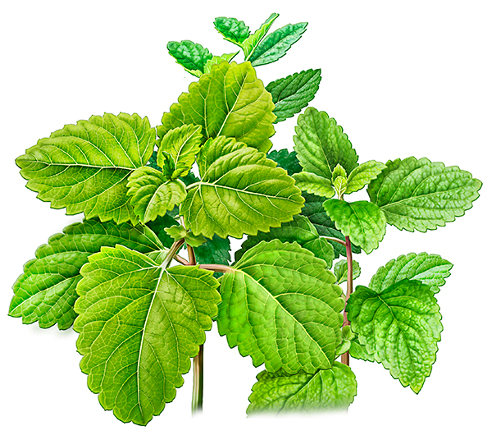

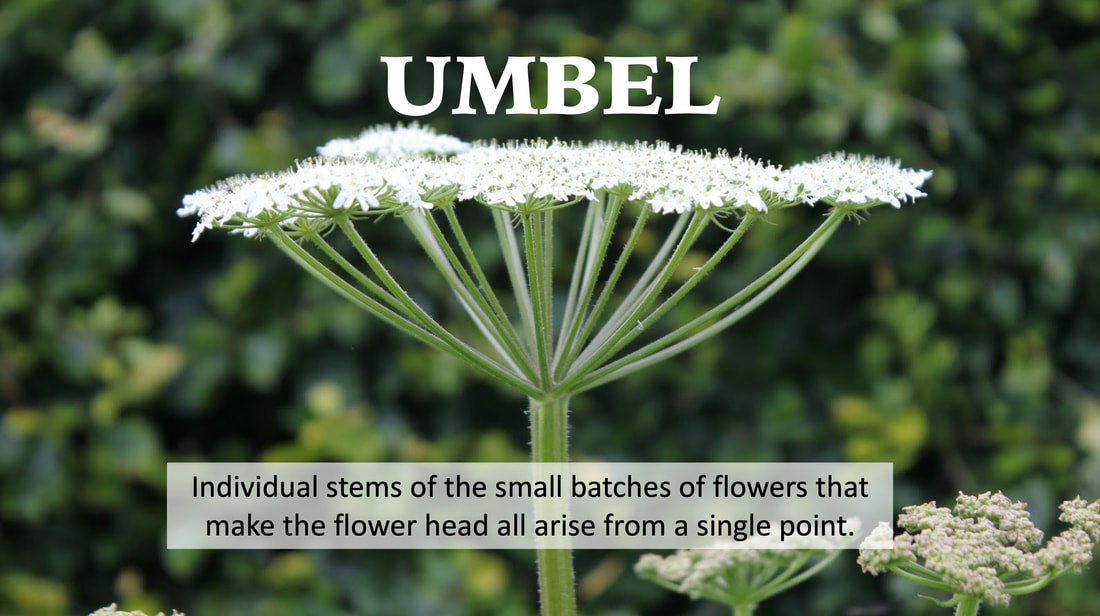
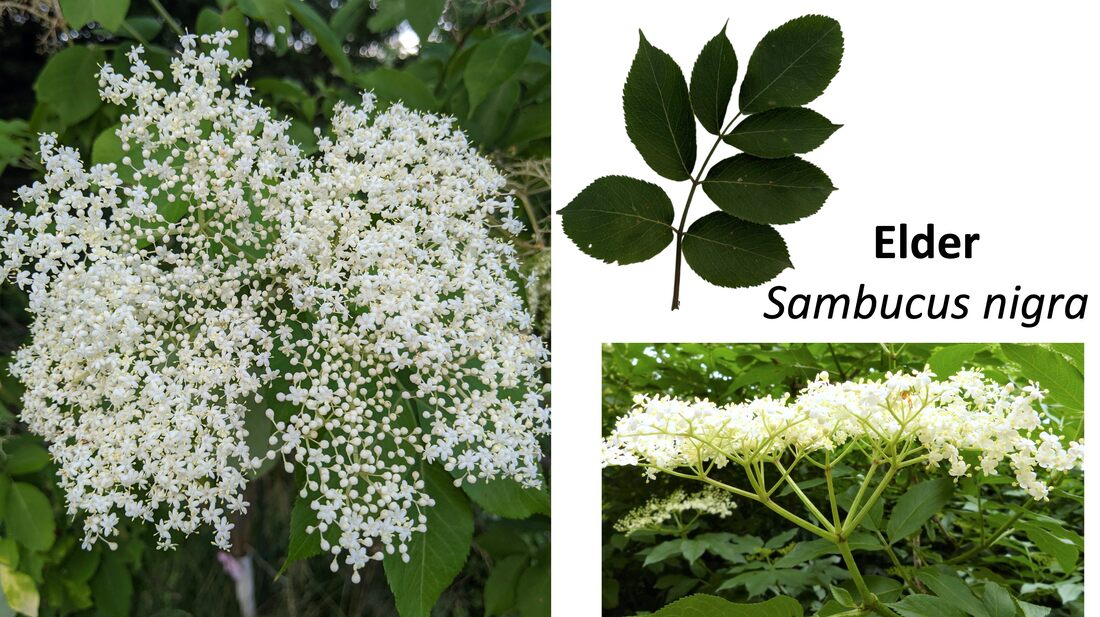
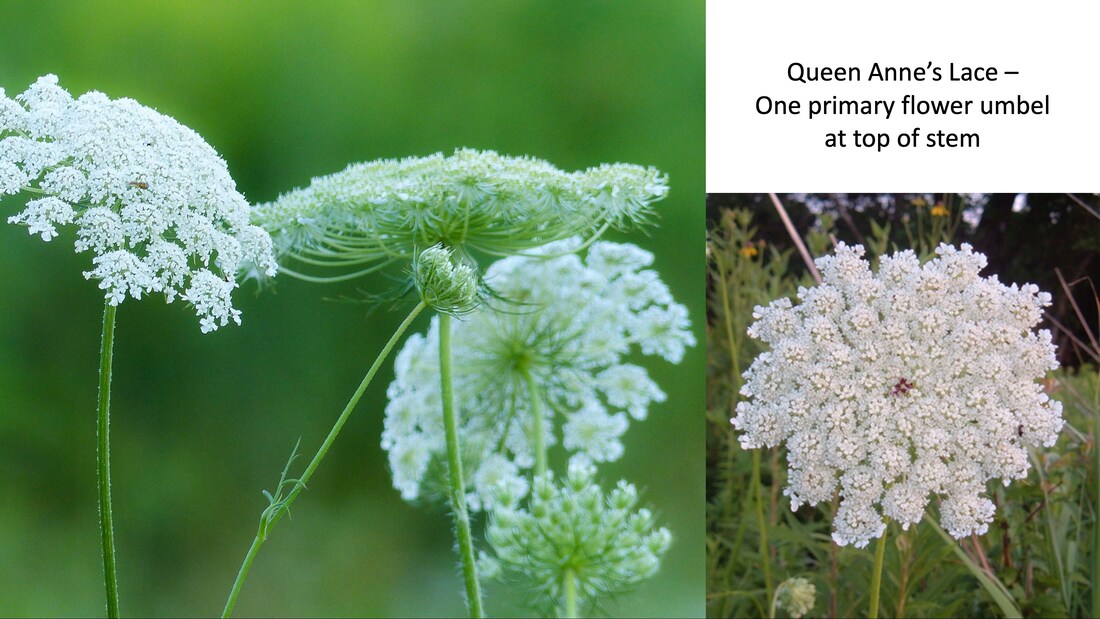
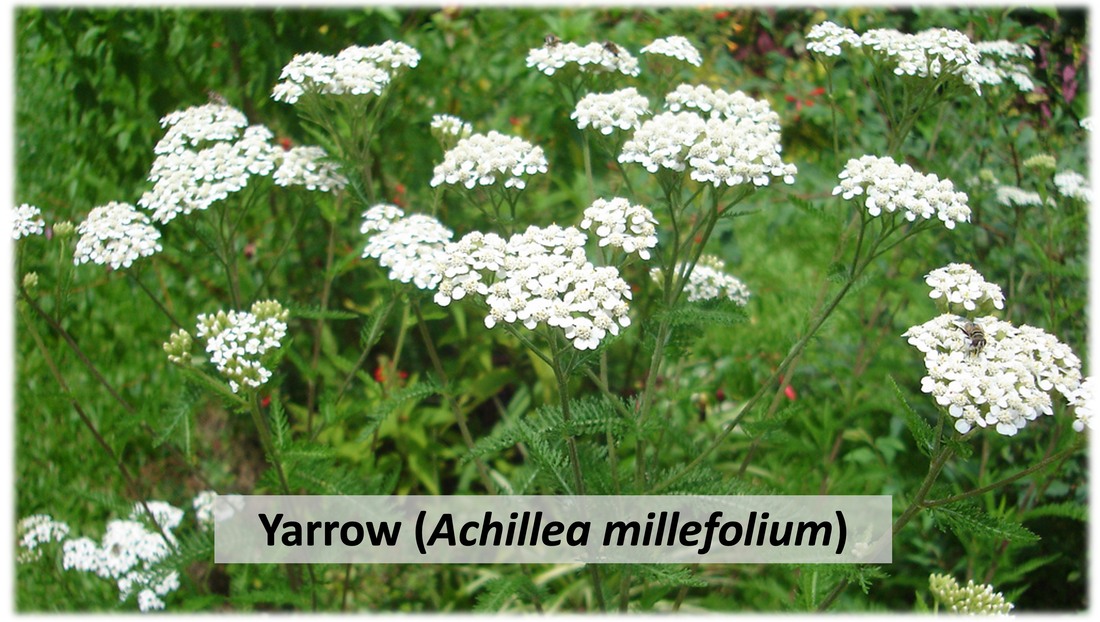
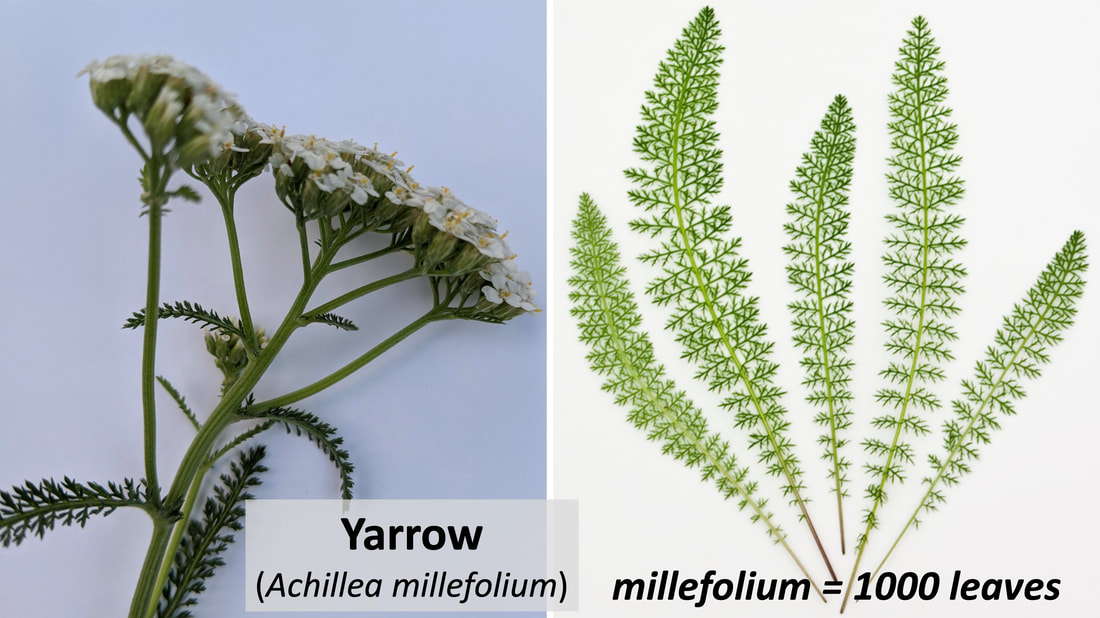
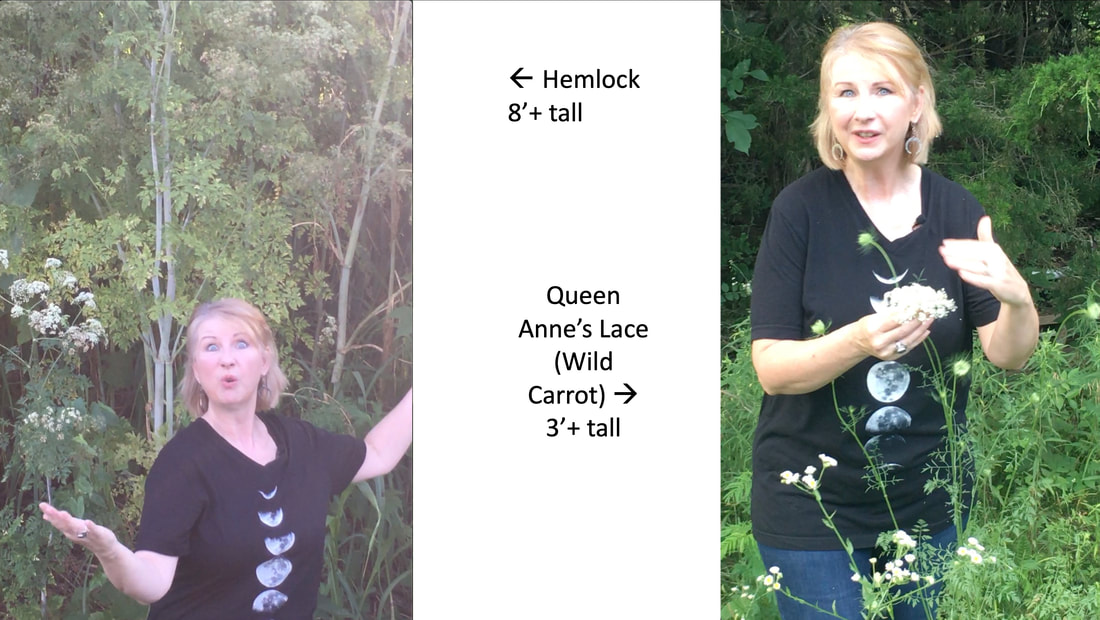
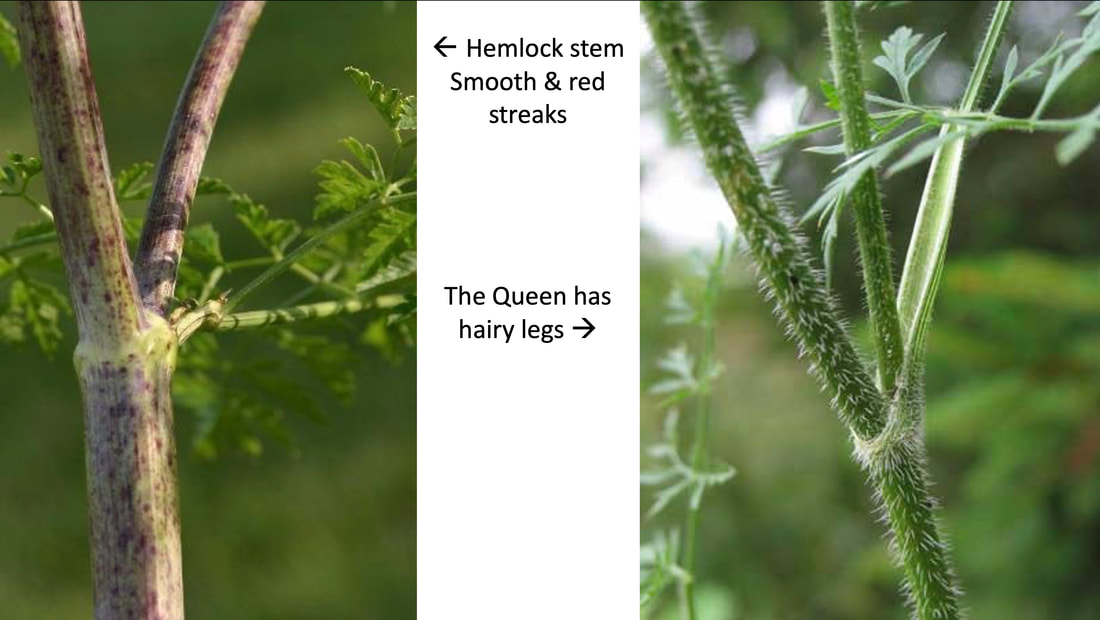
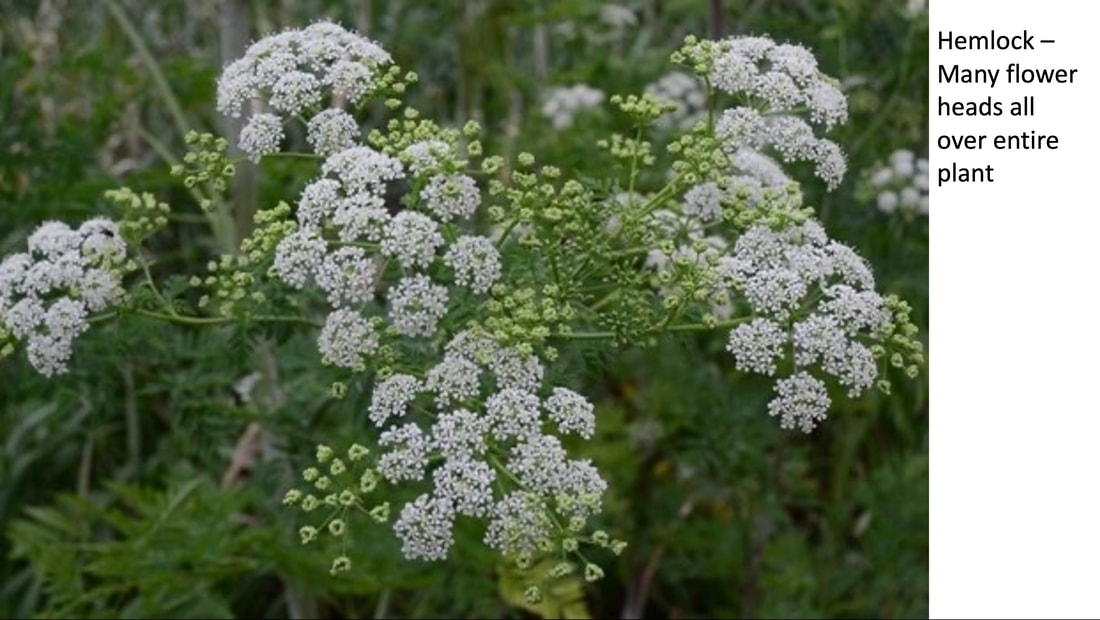
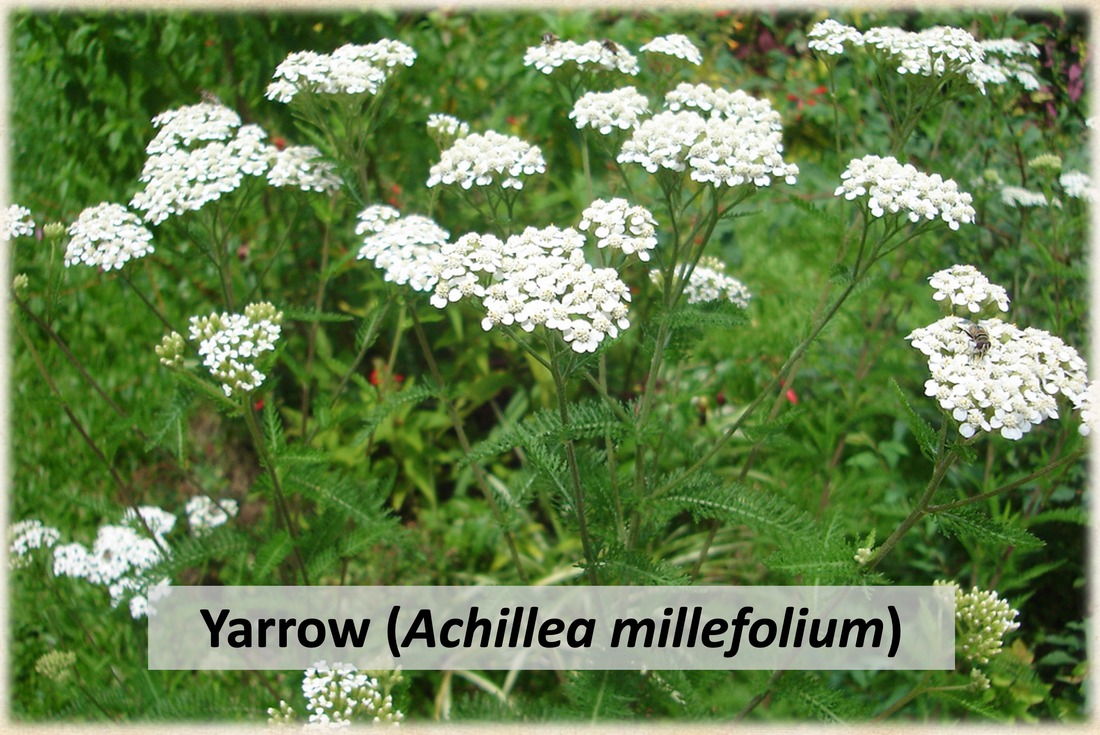
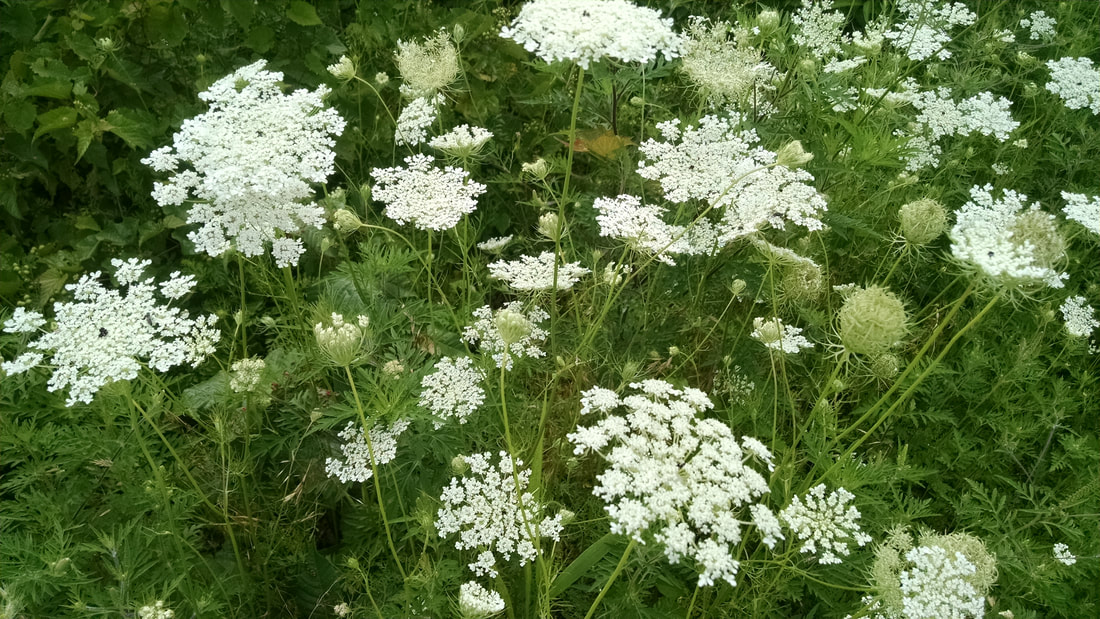
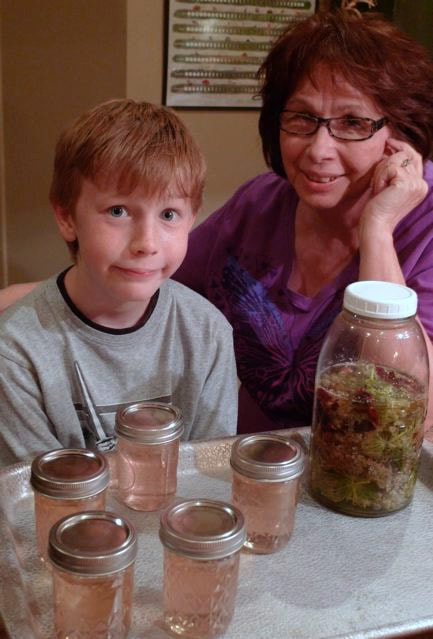
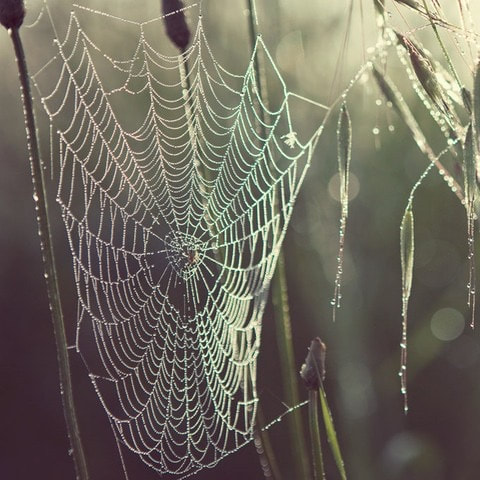
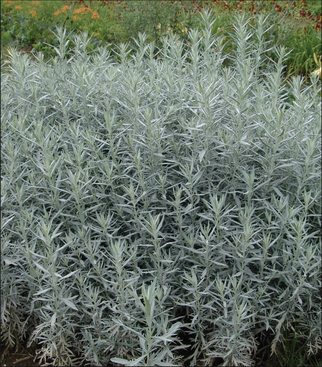
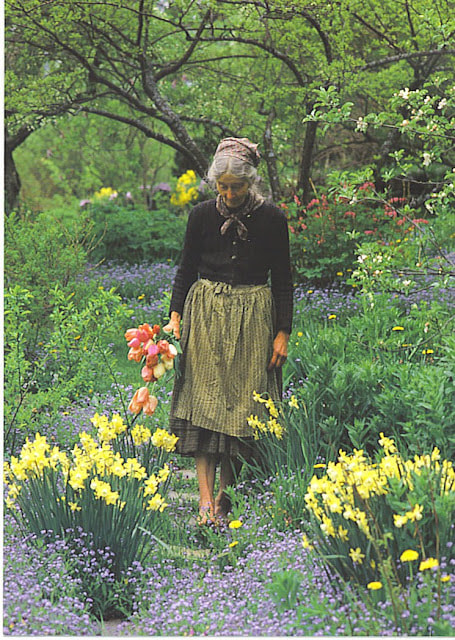

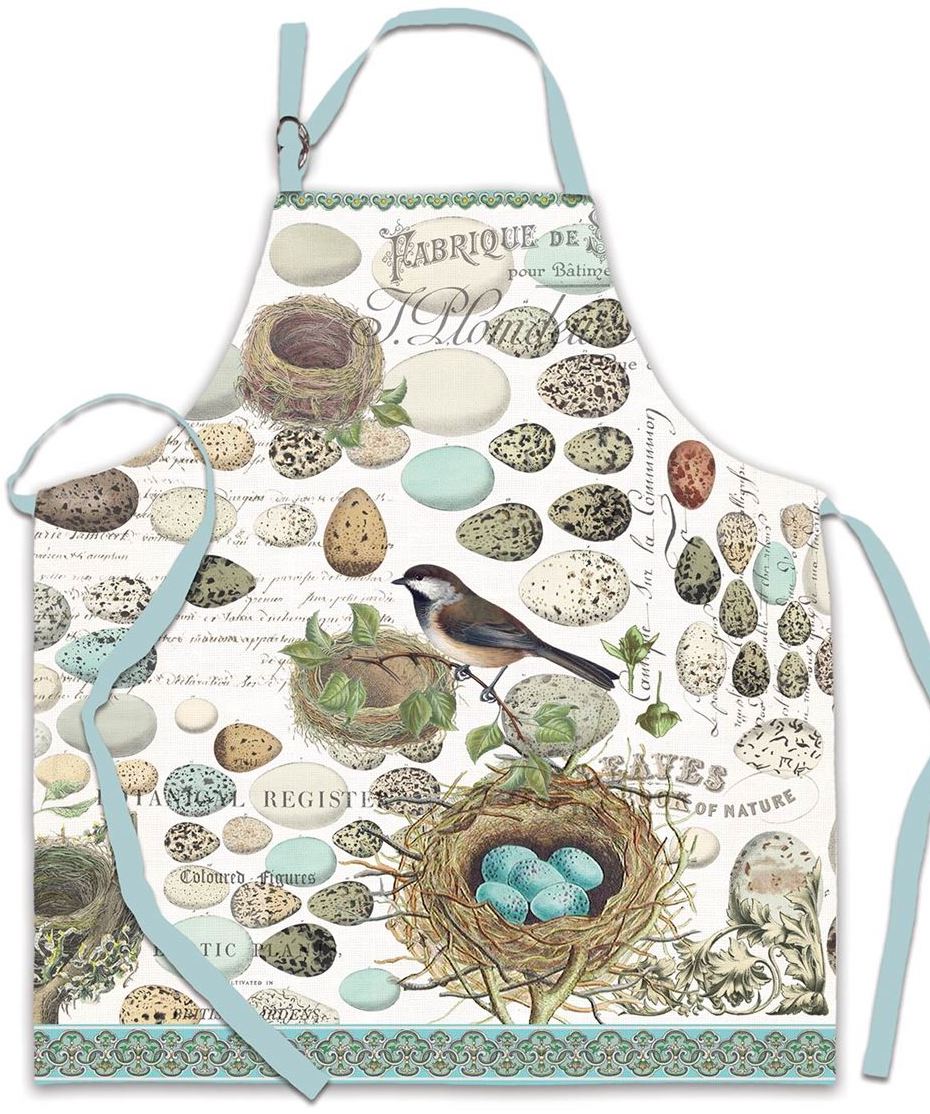
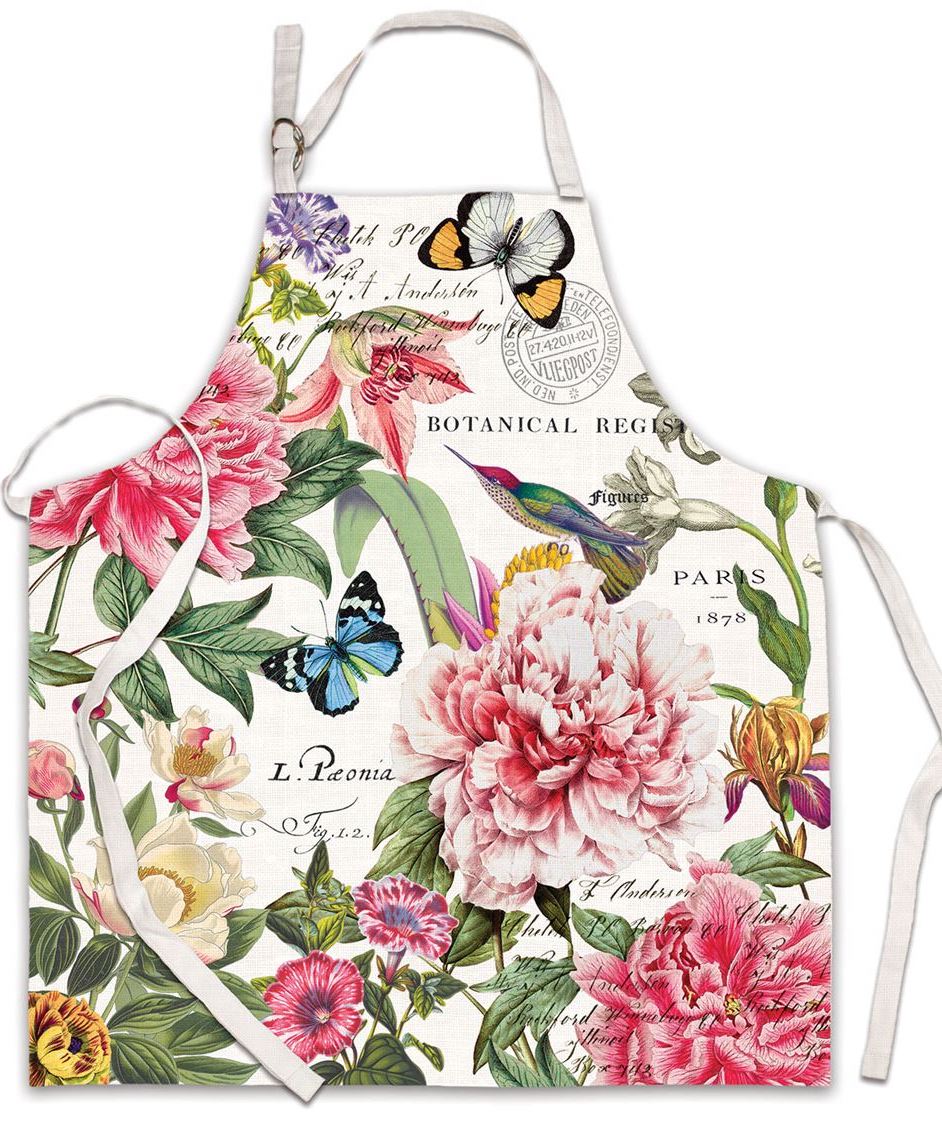
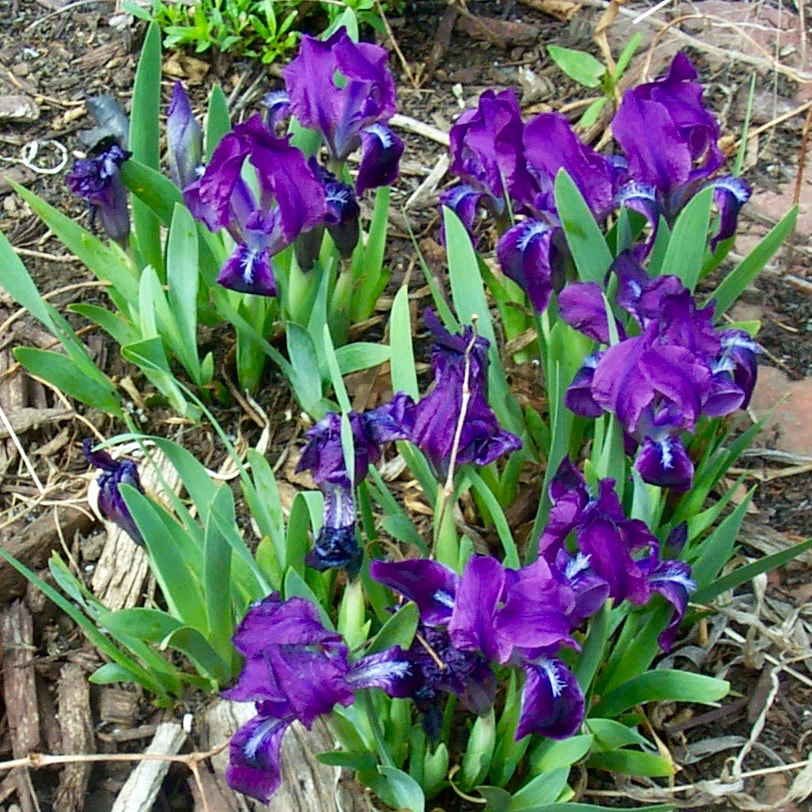
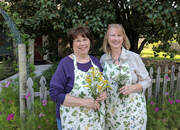
 RSS Feed
RSS Feed